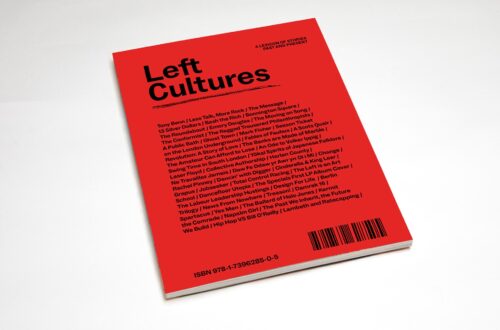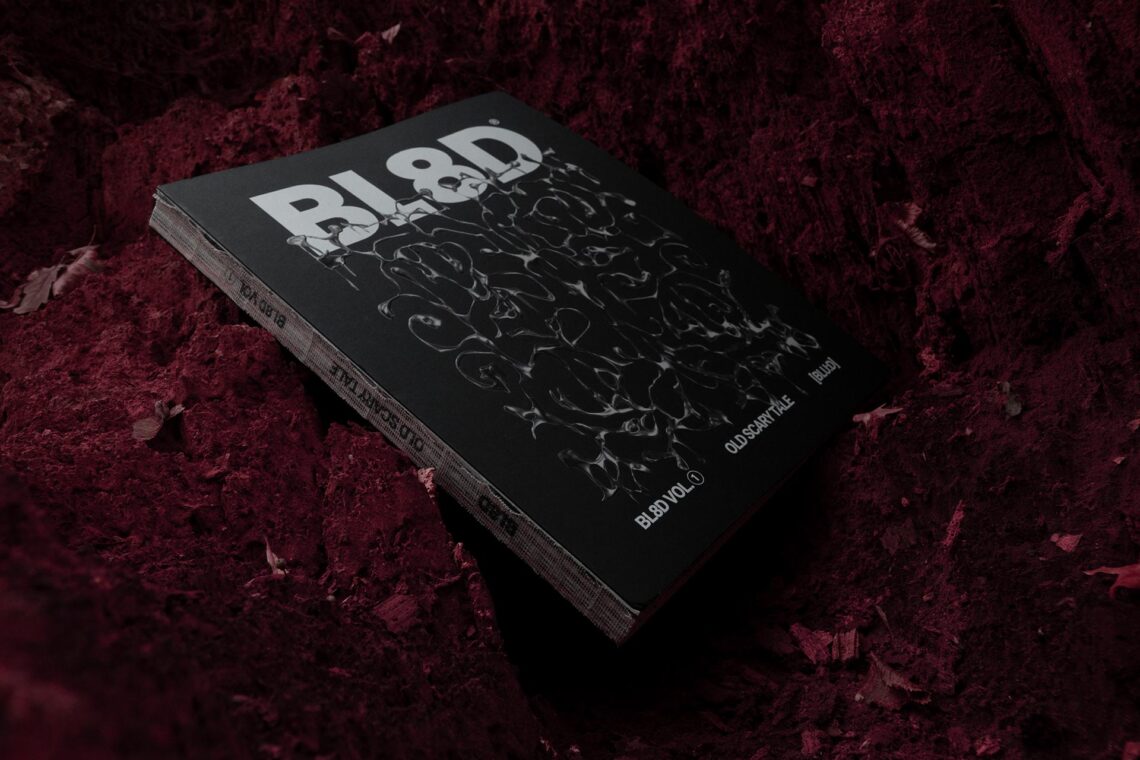
Bl8d magazine explores the relationship between war and storytelling
This year saw the release of Bl8d magazine, brought to creation by Bobo Agency. Volume 1 is named ‘Old Scary Tale’ and is underwritten by the war in Ukraine, started by Russia in February of 2022. Its original form was envisioned to be a fashion trend book, but in the opening pages it’s noted that this changed dramatically as war began. “We didn’t prepare for its birth,” they write. “A week after the war had started, our team decided to destroy the results of our almost year-long work and start from scratch.” This re-focusing resulted in what we see before us today – an open bound spine with printed text overlaid, set in the middle of a thick, black outer cover. The front cover is coated with spot varnishing, adding a tactile feel to the main artwork. Its white text naming the magazine and its volume information is in stark contrast to the black, adding impact to the already immersive artwork.
“Reader, the magazine you are holding in your hands is our common ant-military manifest, our voice against the war.” The manifest encompasses their first theme – ‘Old Scary Tale’, denoting a shift in values towards a new moral compass, a compass only previously found in fairytales. This metaphorical use of a fairytale tells the story of Russia and its involvement in the war, with an interview format throughout. Paired with the question and answer content are a large array of artworks ranging from the abstract to the contemporary. Each piece punctuates or sits in juxtaposition with the written text, but it’s heavily paired with the success of the strong typographic design. Bl8d use an edgy sans-serif font for the headline text, which is backed up by serif sub-copy which is set in a smaller size to add further insight.
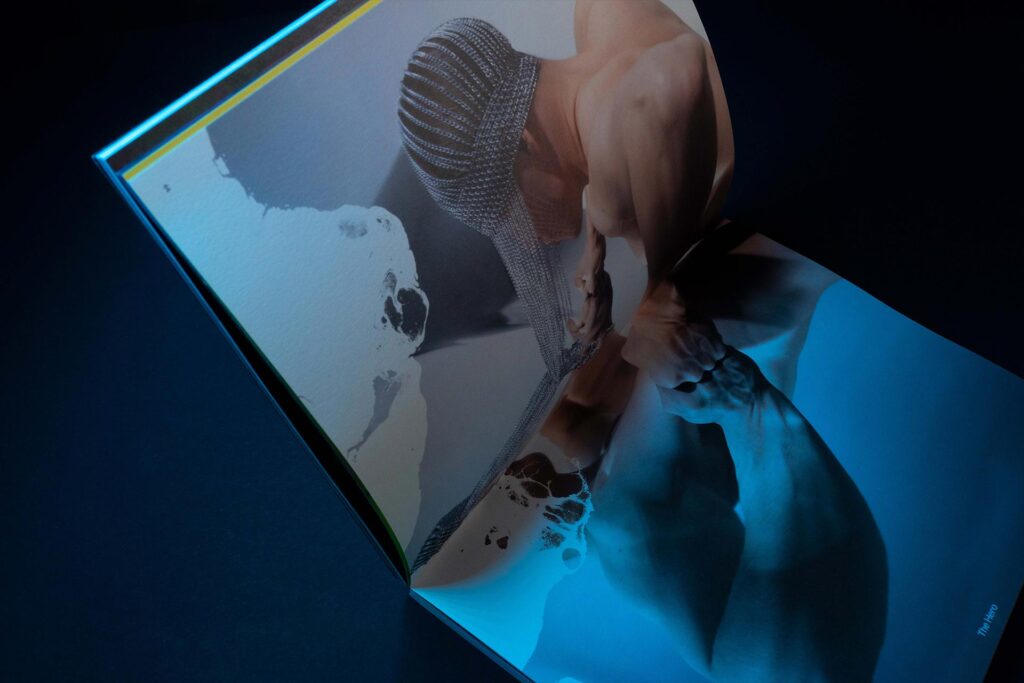
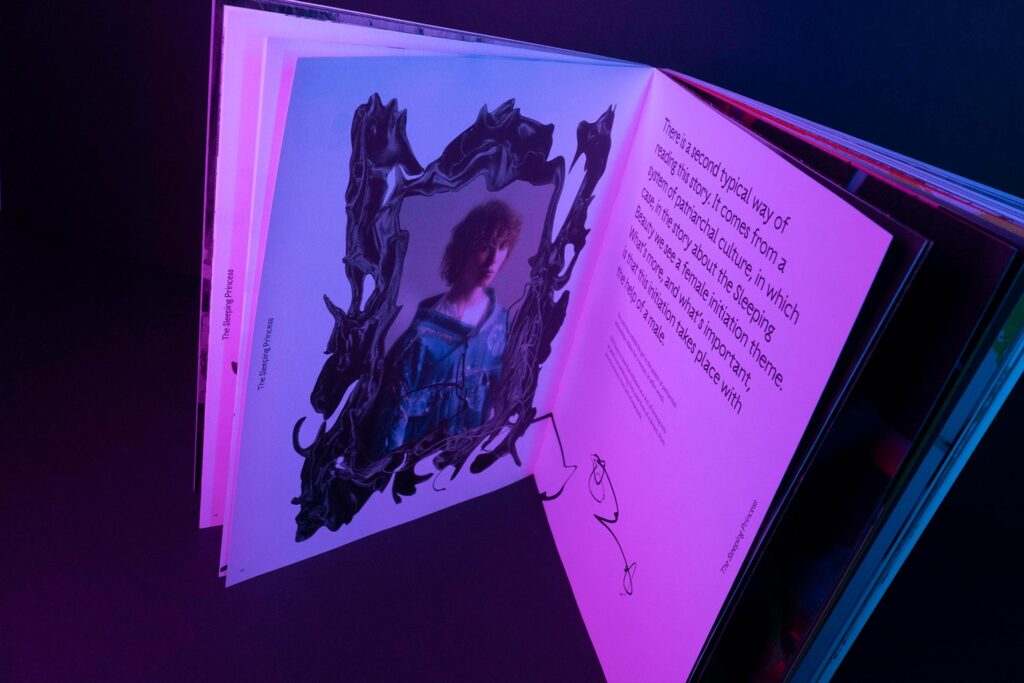
Bl8d holds educational value for readers too, with historical accuracies placed firstly at the forefront of the text. Every other page offers direct references to figures in Soviet history and beyond. This is of course informed by the first interview in Bl8d. We initially meet Tata Gutmacher, an Art Historian whose conversation finds us reach chapter five in the magazine. The initial chapter references a concert by Boris Grebenshchikov, considered one of the “founding fathers” of Russian rock music. Tata notes the concert as a “very strange event” and references the idea of an illusion. This “illusion that we do not exist is a very comfortable position,” he adds. “This is the very same position that let the Russian military machine get to where it is now. And let the Russian culture be where it is now, that is, on the edge of being fully ‘canceled’, rejected and so on.”
Tata references the idea of participation in the disillusionment of the event. “We do take part in the happening,” they write, by then explaining that silence is also part of letting it happen – “some kind of mysticism”. The magazine then dives into storm-like imagery that are immersive but yet the idea of control is dissolved. A blind-folded person with the material linking around a tree on page 29 is a stark reminder of how aware or unaware we are about the war in Ukraine, but questions our involvement in the act of removing vision. Bl8d’s theme of ‘Old Scary Tale’ is punctuated like a child’s storybook due to the typographic layouts. Limited text is held within each spread, with sometimes large headline text being the only text. This gives president to the imagery, giving a level of simplicity to the interview that it can be digested in parts, or all at once. The juxtaposition of the simple, clear layout is in parallel to the complexity of the theme, with war being at the forefront.
"Chapter 2’s ‘Sleeping Princess’ further evokes the childhood psyche with its naming, but the meaning is somewhat layered. “And there she is, this sleeping beauty Russia, lying there; and there is non one around because the whole world is asleep. It has fallen asleep, and instantly and forever has become wild.”
Stuart Williams, owner of Overleaf, with a quote by Bl8d
Overleaf email newsletter - subscribe for free today!
Get indie magazine news, reviews and events direct to your inbox! Simply sign up below and you’ll be the first to hear about new articles, podcast episodes and loads more.
Chapter 2’s ‘Sleeping Princess’ further evokes the childhood psyche with its naming, but the meaning is somewhat layered. “And there she is, this sleeping beauty Russia, lying there; and there is non one around because the whole world is asleep. It has fallen asleep, and instantly and forever has become wild.” The chapter holds fantastical imagery which sees people held behind distorted frames – all dressed similarly to the fairytale aesthetic. The distortion and abstraction of the imagery could imply that the lens of truth is torn between reality and fantasy – a potential metaphor for the media’s storytelling of the war. The text itself looks through the lens of the story of Sleeping Beauty, in the sense of waking up an entity.
‘The Hero’ – the name of chapter three, sees Bl8d diving into the question of slaying “the dragon” – reverting back to a three-part play Soviet playwright Evgeny Schwartz. “This is not a personified evil,” Tata notes. This opens the doors to help us, the reader, understand why Russia is what it is currently – and how history has shaped its presence. “Right now we need to be saving the lives of Ukrainian girls, boys and elderly women,” Tata says. “Right now we need to save people, not culture.” This was in response to Bl8d’s question around the legacy of Russian culture and how the war will mold its past, present and future. But it’s the fourth chapter out of the six that tries to guess how the future will emerge and what will emerge from it. “Even the most daring flight of imagination wouldn’t have seen what is happening now,” Bl8d adds. The imagery in the early pages of the chapter are almost dream-like, adding to the uncertainty of how the landscape of the world will be coming out of this. There’s an air of bleakness to the images, with muted colours and a washed colour palette that is seen as almost painted, rather than the reality. Paintings can be painted over and history can be re-written.
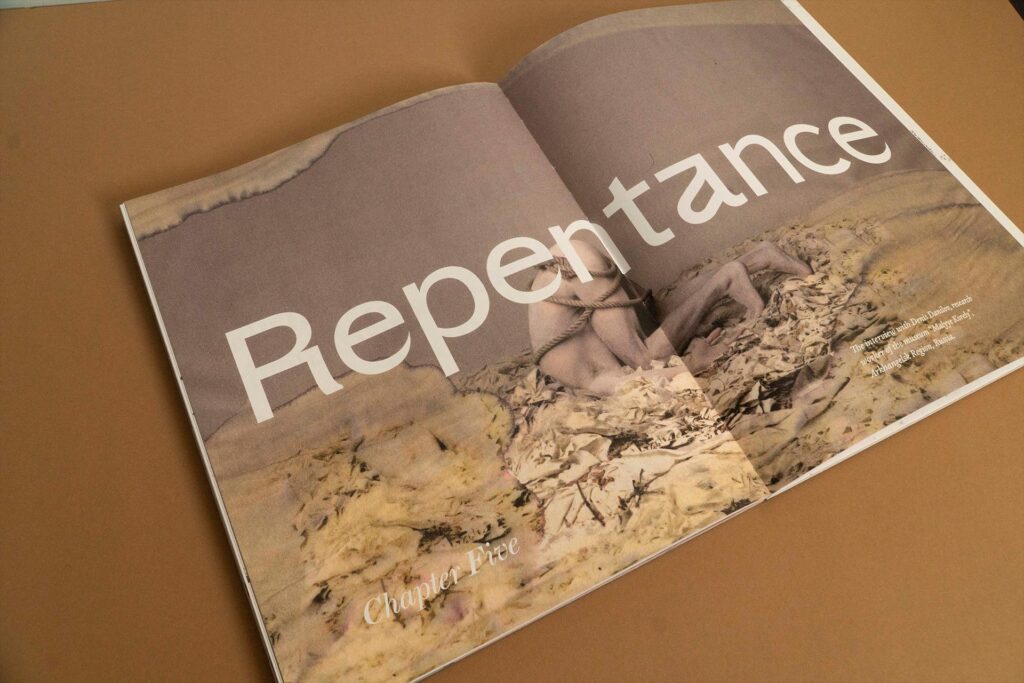
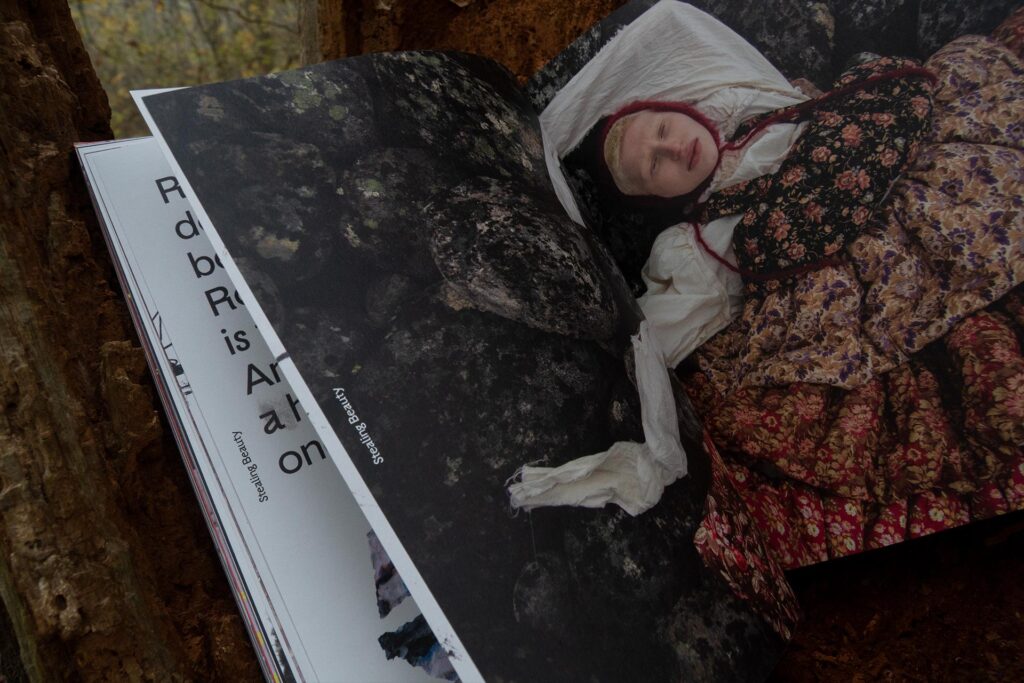
“[No] ideology is worth a human life, not a single one,” Tata notes. It’s this statement that embodies the feeling of the magazine, amongst its analysis of the current events. A further interview with Denis Danilov, a research worker of the museum “Malyye Korely” in Russia sees the completion of the Bl8d volume. The interview dives into a religious tone that analyses the word ‘Hesychasm’ in relation to life within Russia. This philosophical and religious context tries to dcypher the actions of Russia and examine its impact on the human condition. “The first stage in the hesychasm practice is Repentance, the purification of the Heart,” Denis notes. The interview continues to question morality and the idea that purification is a public act. A double spread image on pages 114-115 sees the back of a human body scarred by the overlapping image of waves crashing into the shore. It’s a piece that resembles capital punishment but also sees a human body, like a Horcrux, split into many parts – a soul split from bad deeds as the Harry Potter books by J.K. Rowling recites.
The beating heart of Bl8d is the ability to ask the right questions. This helps us navigate a sea of information and opinion derived from history, philosophy and the arts, to name a few. It’s the art direction that sees us progress through a publication that starts in dark tones – even blood red moving into chapter two, to light colours in chapter six as we find ‘The Inner Light’. The creative direction of Bl8d highlights not only dictates the narrative of the magazine but is evidence of the power of visual exploration, photography and colour in relationship with the messaging. “A person can be damaged, not only in body, but also in soul,” Bl8d notes. Although originally a fashion publication, Bl8d finds itself in an expansive space which has room for not only growth, but for continued narrative in a space which has only been dominated by the media. The two separate interviews natively interlink the magazine’s narrative and evaluate critical thinking behind the current war. It opens a dialogue that the world needs to be having – one of visual understanding but also of deep-rooted meanings that impact social, culture and economic landscapes.
Where to buy
Here are the stockist websites for this magazine title. These may include social media links only.
Photos courtesy of Bl8d via Val Burliuk.
Official website with full list
Correct at time of writing.

Enjoying Overleaf?


You May Also Like
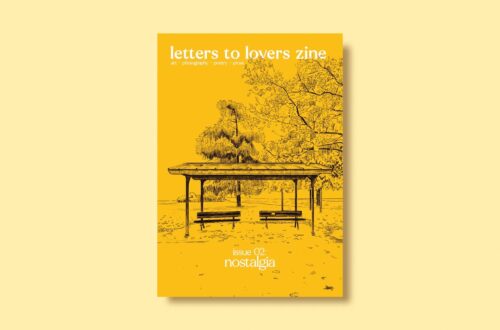
Letters to Lovers zine issue two invites us into the complex world of human emotions
November 27, 2023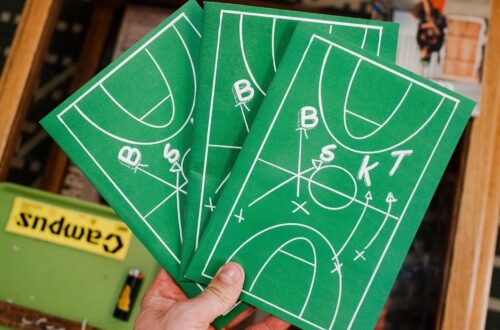
BSKT issue one fosters a printed passion for basketball
March 29, 2024